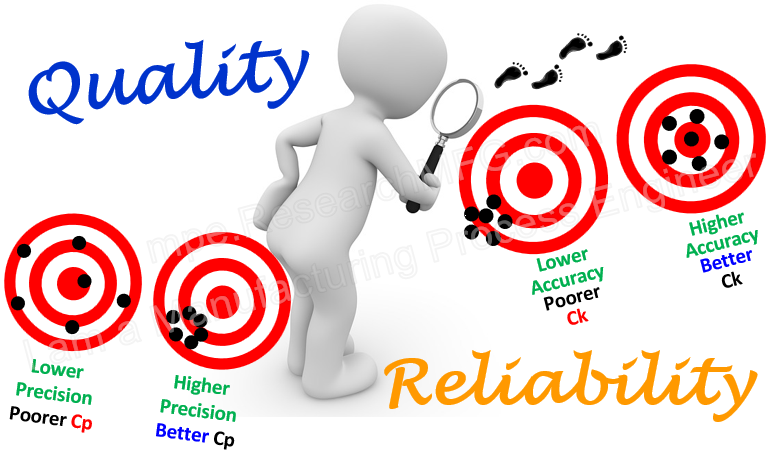
Here, the “Testing Engineer” we’re talking about is the one in a manufacturing plant responsible for product testing. We usually refer to the R&D engineers responsible for testing as EEs (Electronic Engineer). This role, along with the “Process/Product Engineer” we mentioned earlier, is one of the must-have positions in a factory. Another key role is the “Quality Engineer.” Together, they form what’s often called the “iron triangle” of a factory’s engineering department.




